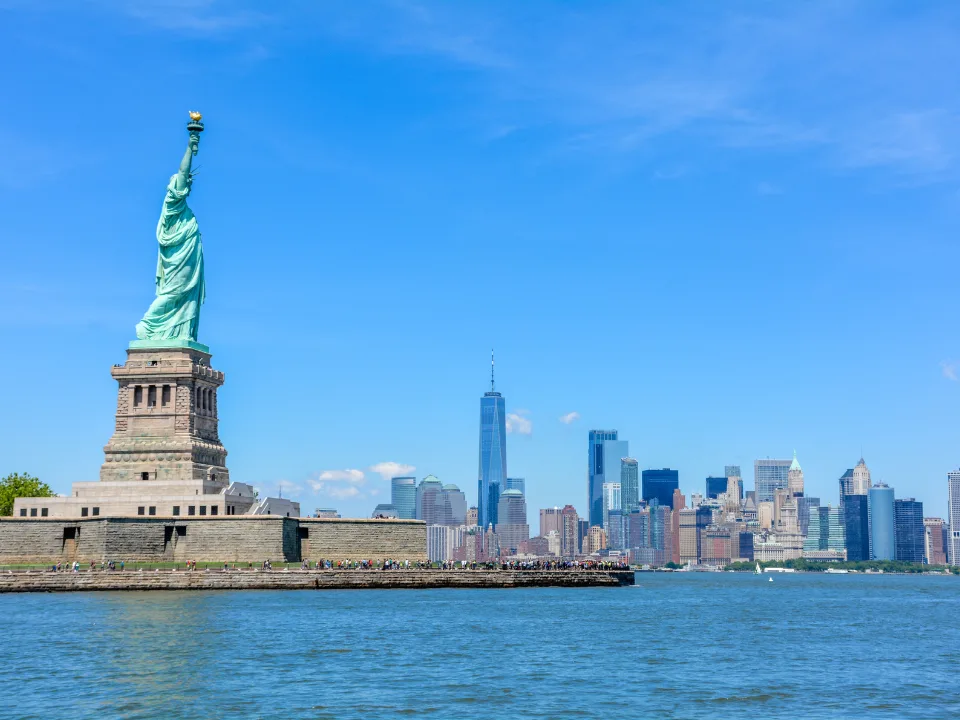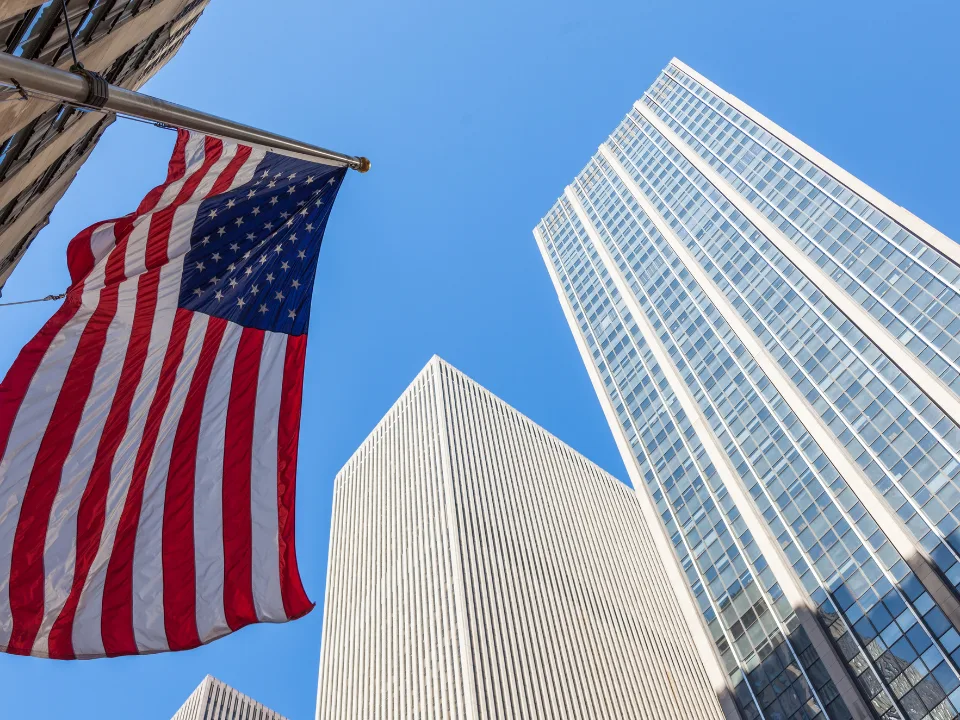- The retail vacancy rate dropped to 5.3% in 2Q24, the lowest in 20 years, signaling a low supply of quality shopping centers.
- 1.4 MSF of retail space was absorbed in Q2, a recovery from Q1’s first negative reading in three years, but retail construction remains low.
- Real personal consumption spending rose by 2.4% compared to 2023, while real disposable personal income rose by 1.1%.
- The South led in absorption, while the West saw negative absorption for the second consecutive quarter.
The U.S. retail property market hit a milestone in Q2 2024, reaching a 20-year low vacancy of 5.3%, as reported on Globest. This highlights a supply-constrained market, particularly for quality shopping centers.
By The Numbers
According to Cushman & Wakefield’s 2Q24 report, a net 1.4 MSF of retail space was absorbed in the quarter, a welcome recovery from Q1’s negative absorption—the first in three years. Increased absorption indicates robust demand for retail despite economic uncertainties.
The national retail vacancy rate fell to 5.3%, the lowest it’s been in two decades. This decline reflects a tightening market where quality shopping center spaces are increasingly hard to find.
Meanwhile, real personal consumption spending rose by 2.4% YoY, driven by a 1.1% increase in real disposable personal income. However, the report also highlighted potential risks, such as high credit card usage and low savings rates, which could impact consumer spending in the future.
Regional Performance
The South led in retail space absorption, with major contributions from Dallas/Fort Worth, Austin, Jacksonville, and Fort Myers.
In contrast, the West showed negative absorption for the second consecutive quarter, with fewer than 50% of submarkets in the region showing positive demand.
Construction Pipeline
Retail construction is still at historically low levels. In 2023, only 9.8 MSF of new retail space was built, accounting for just 0.2% of existing inventory.
This limited construction contributes to the supply crunch, with only 11.3 MSF of retail space currently under construction. As a result, the supply of new retail space is expected to remain low for several years, meaning quality shopping centers will be coveted.
Why It Matters
Despite the challenges of high consumer credit card usage, low savings, and regional disparities in retail absorption, the overall U.S. retail market remains healthy.
Record-low vacancy rates and strong net absorption, combined with continued consumer spending and income growth, suggest there will likely be ongoing demand for high-quality retail space for many years to come.
















